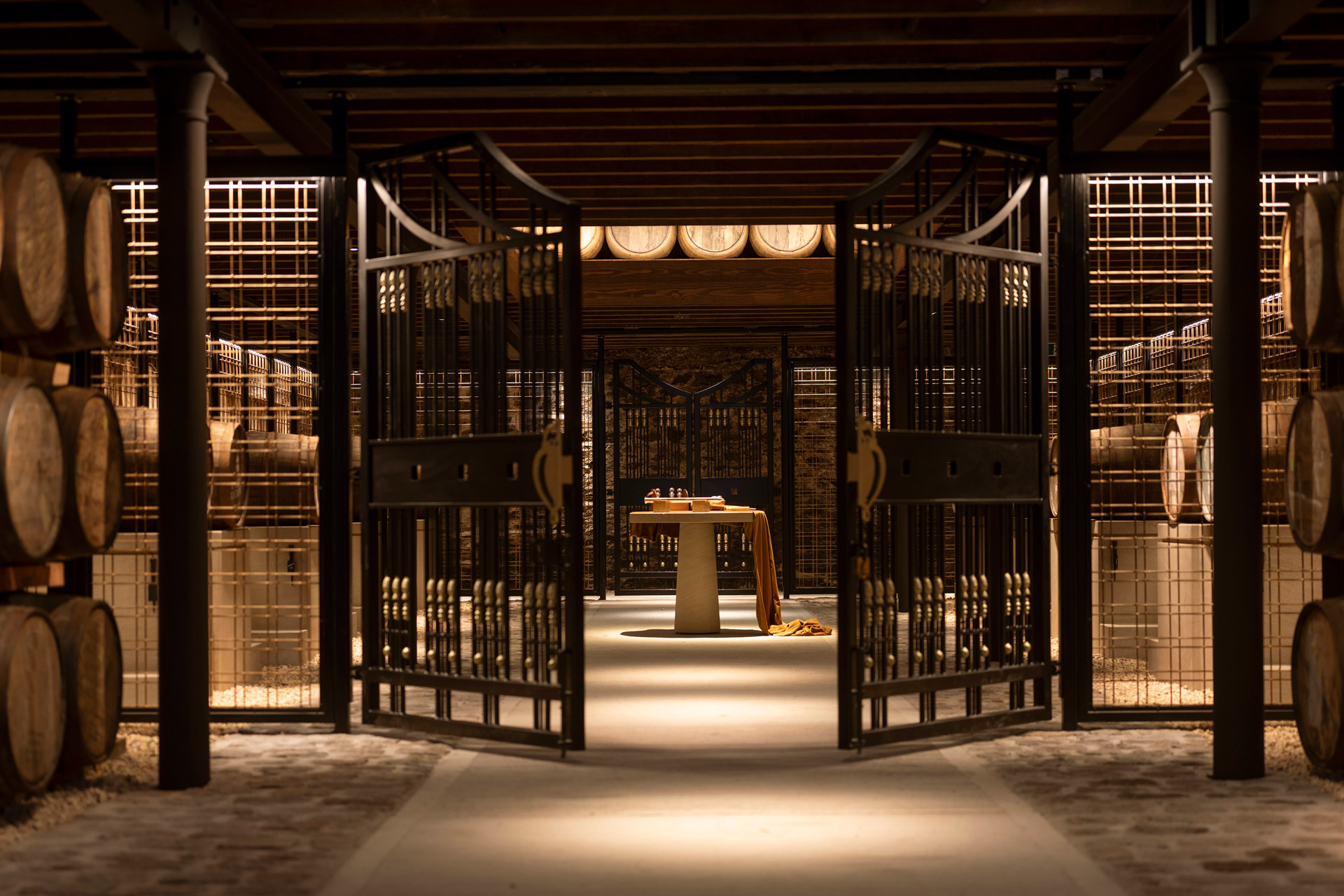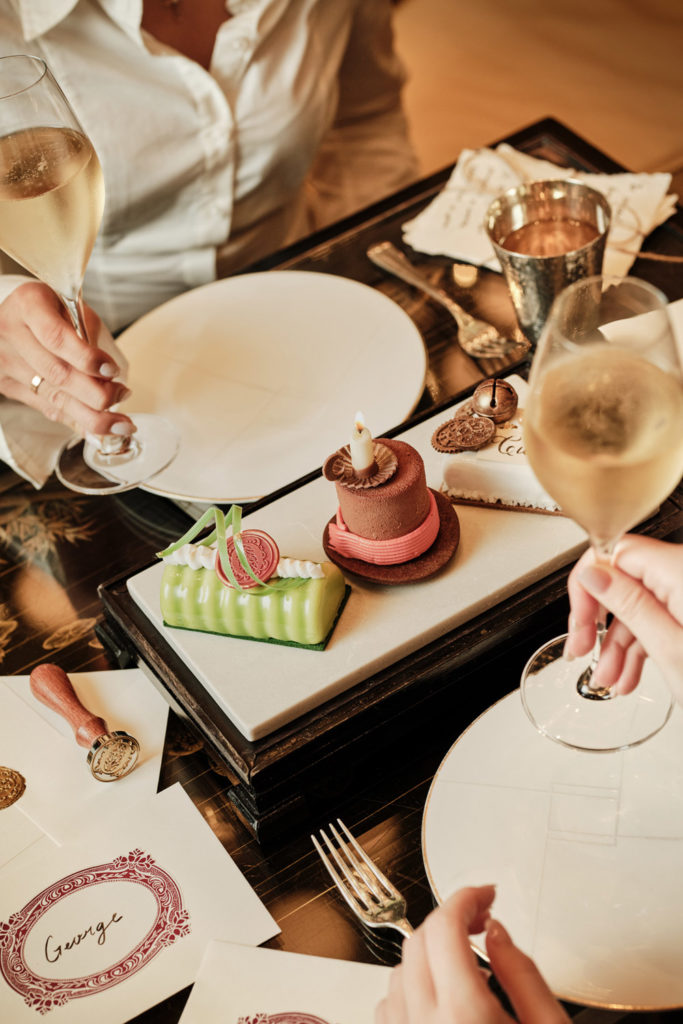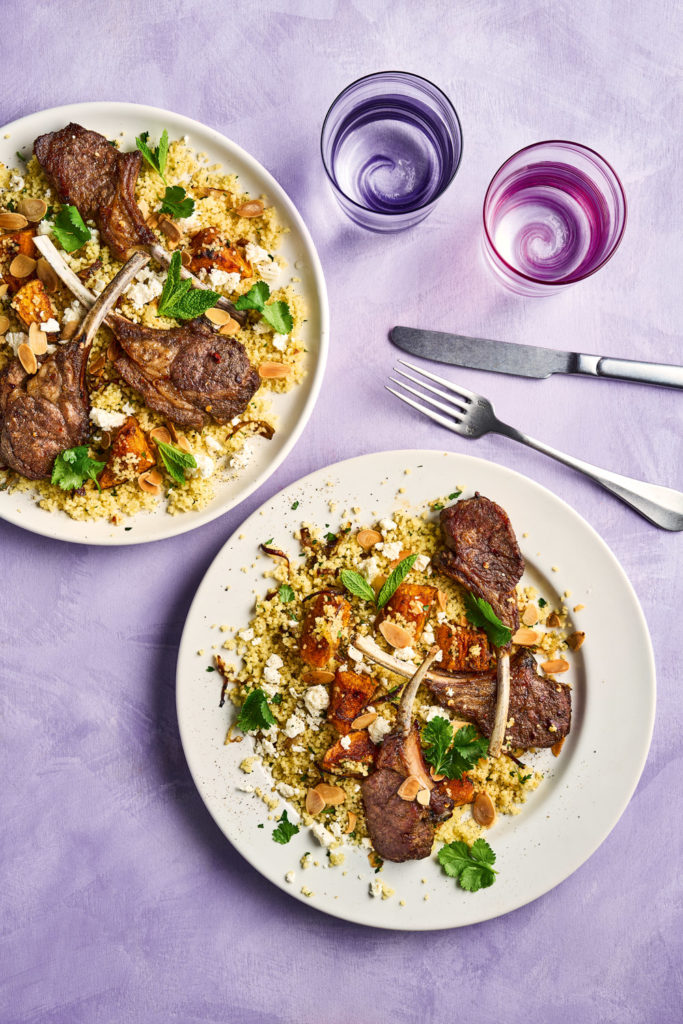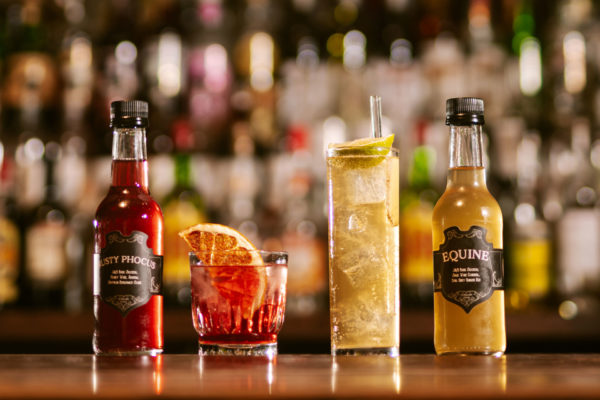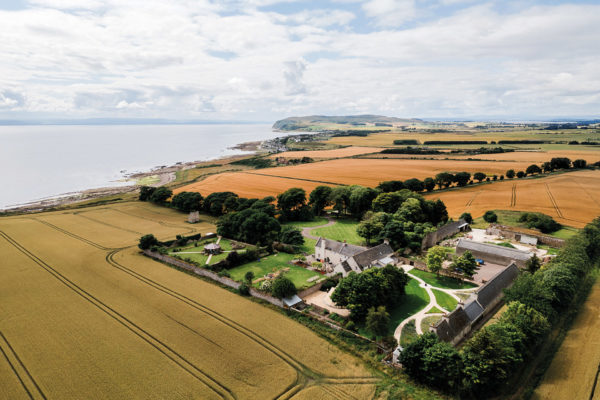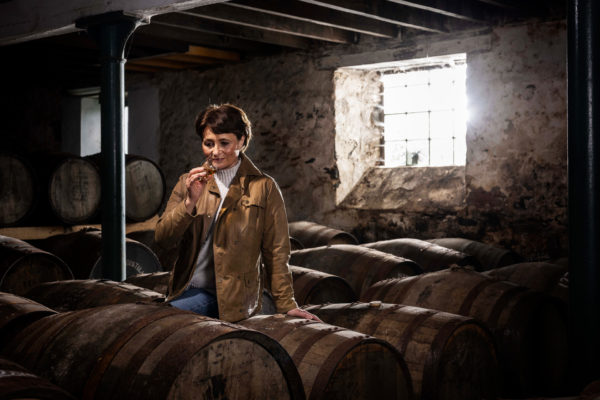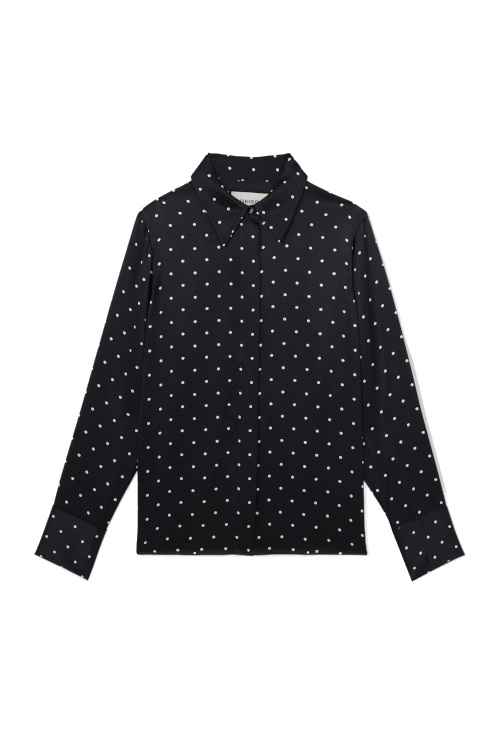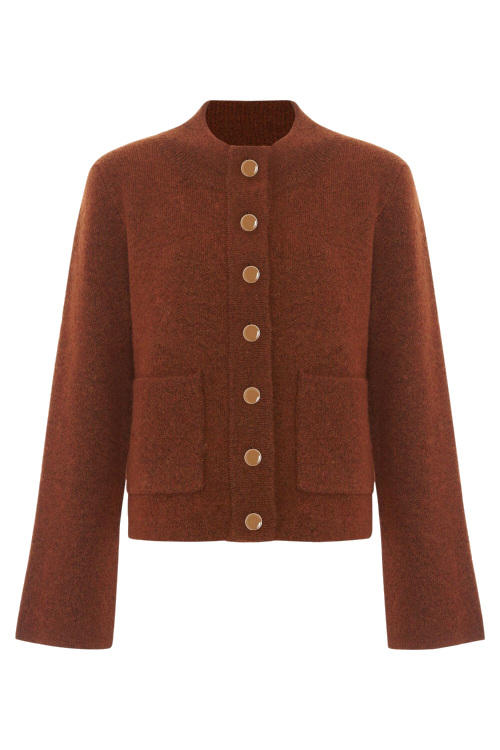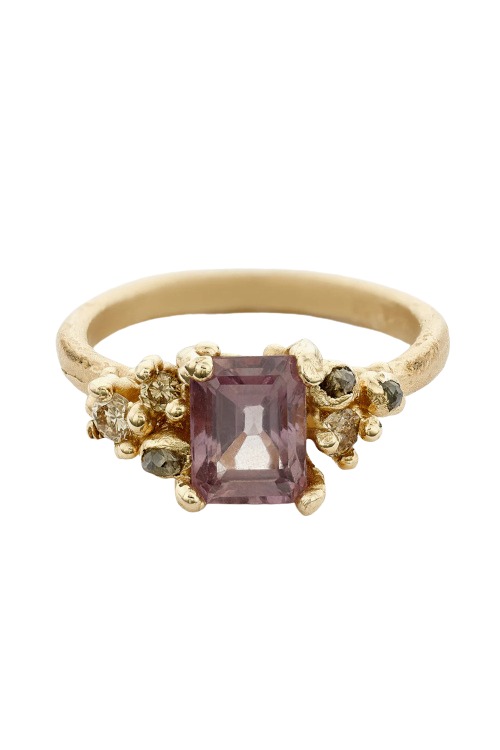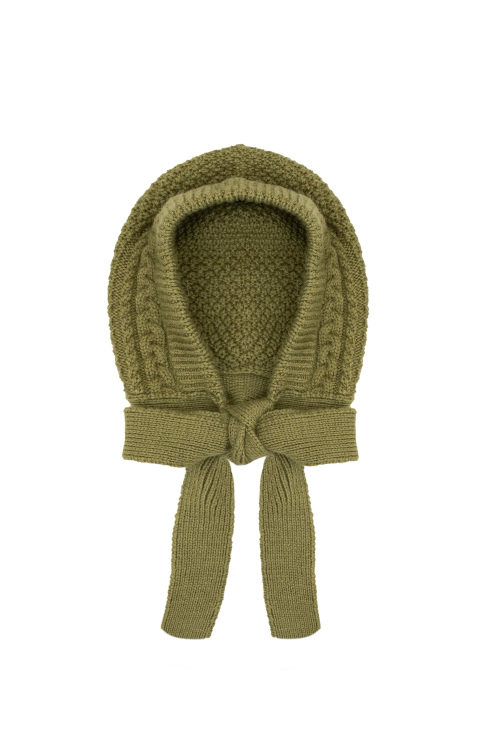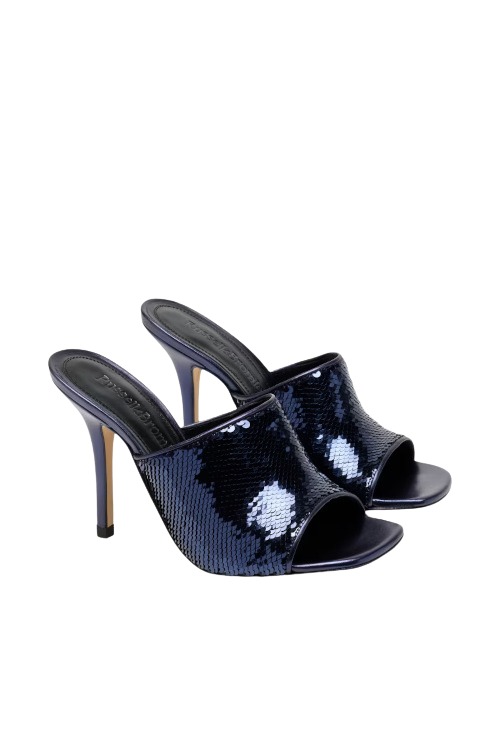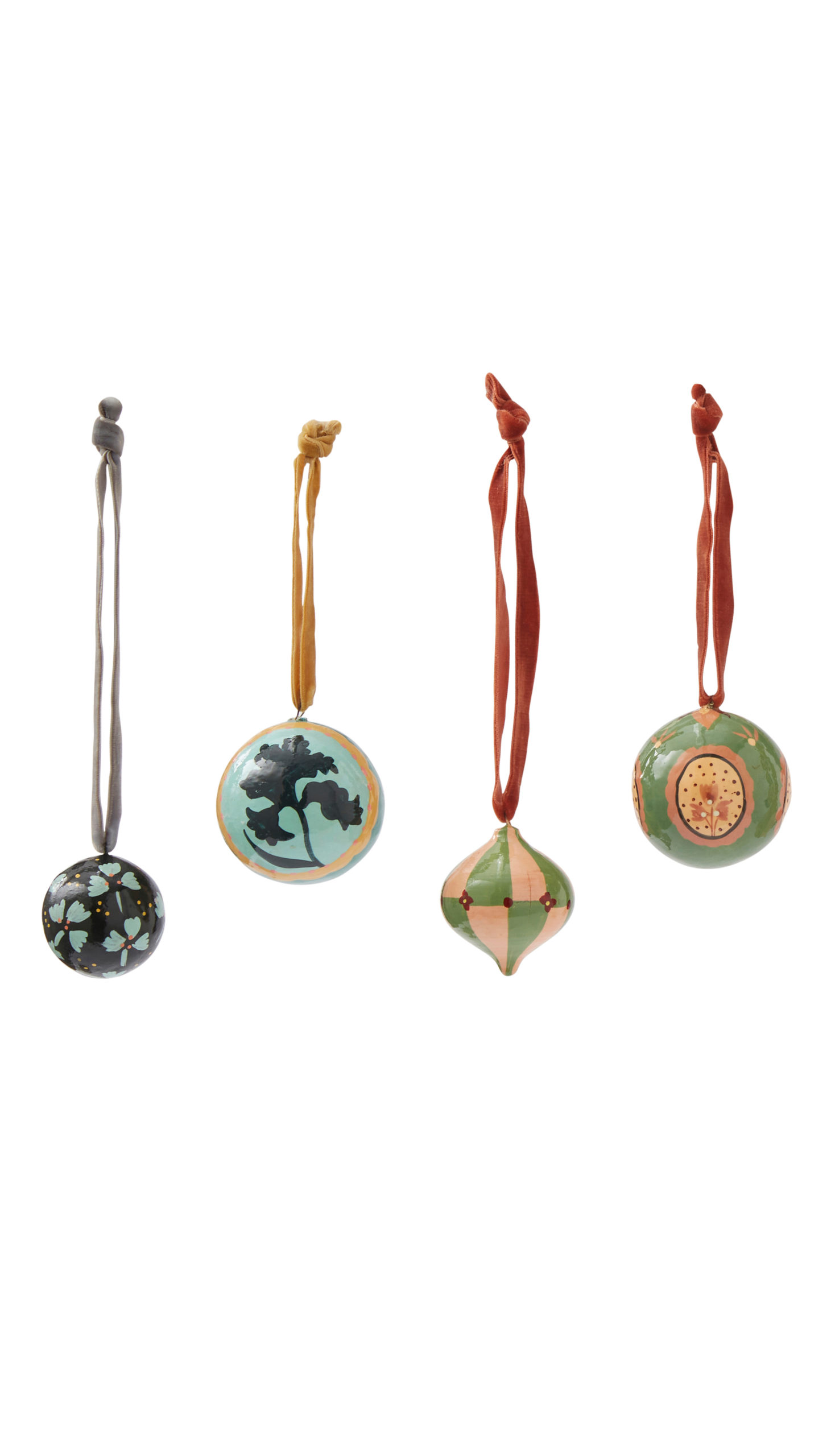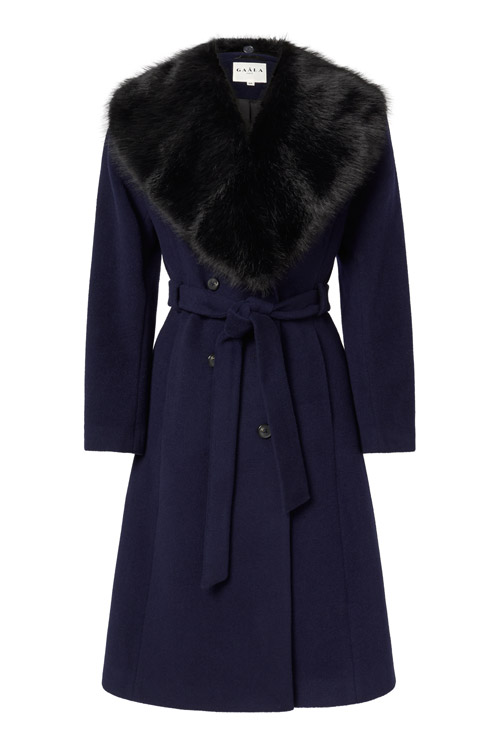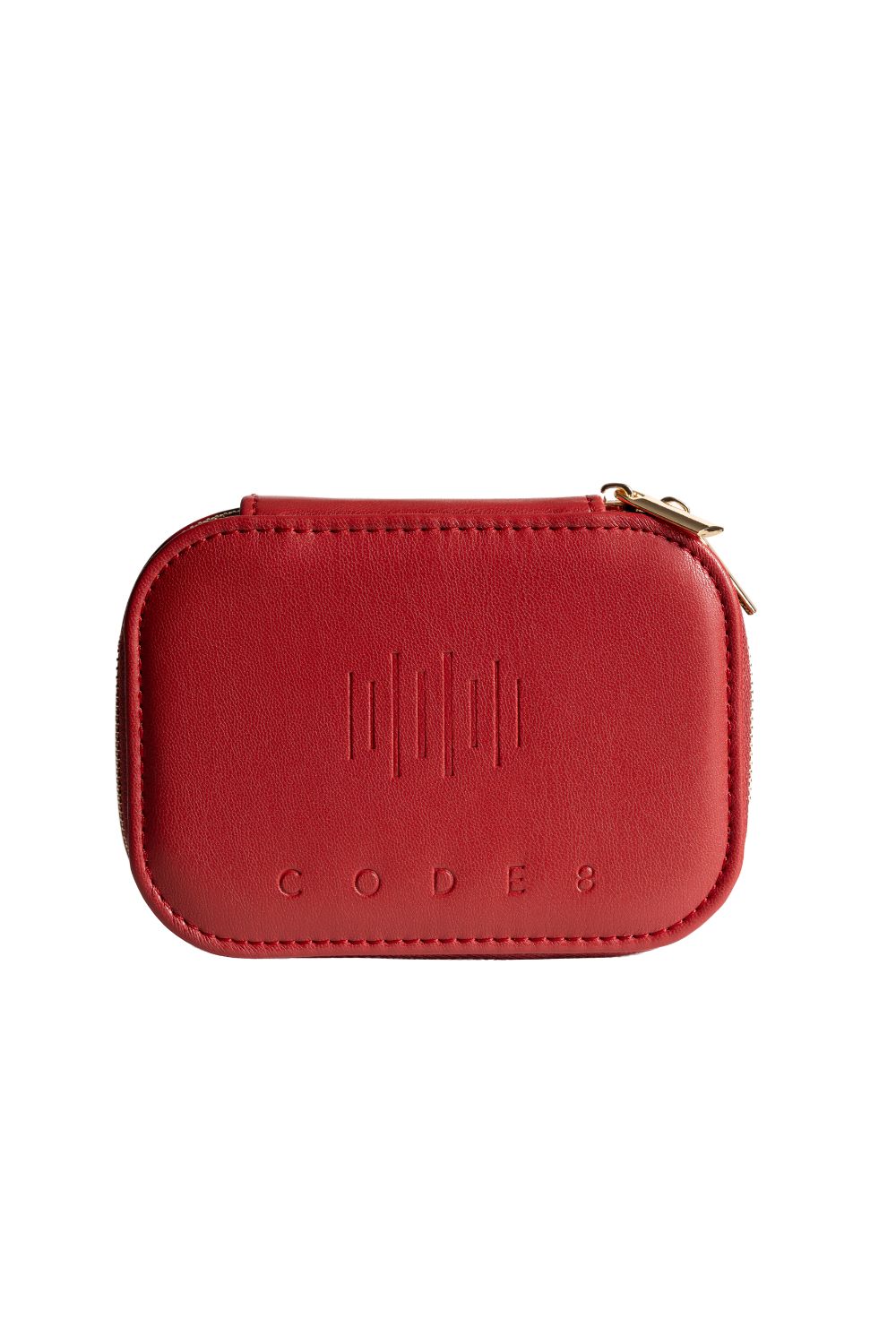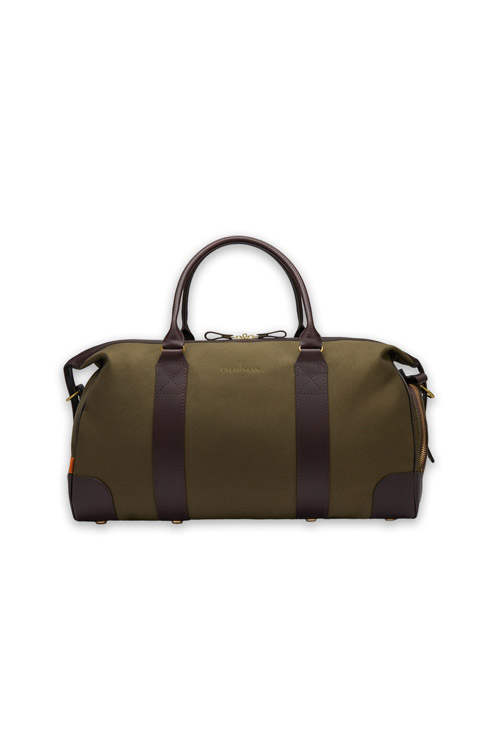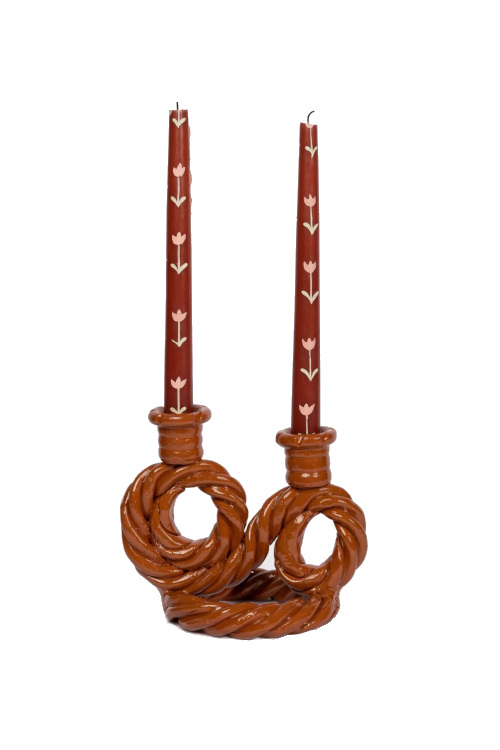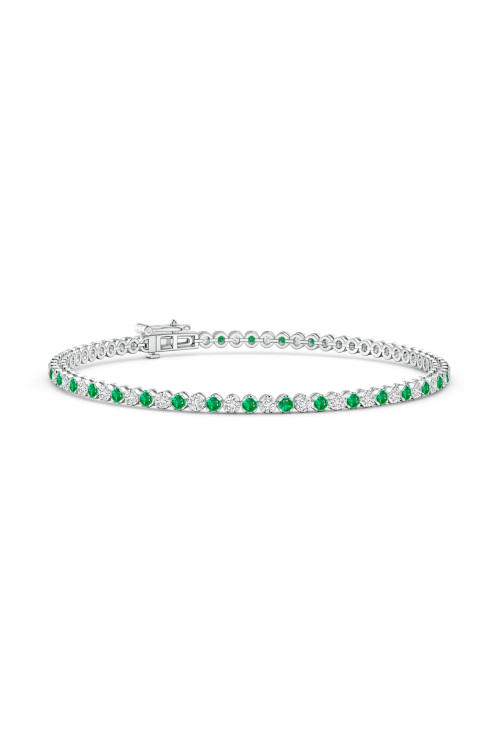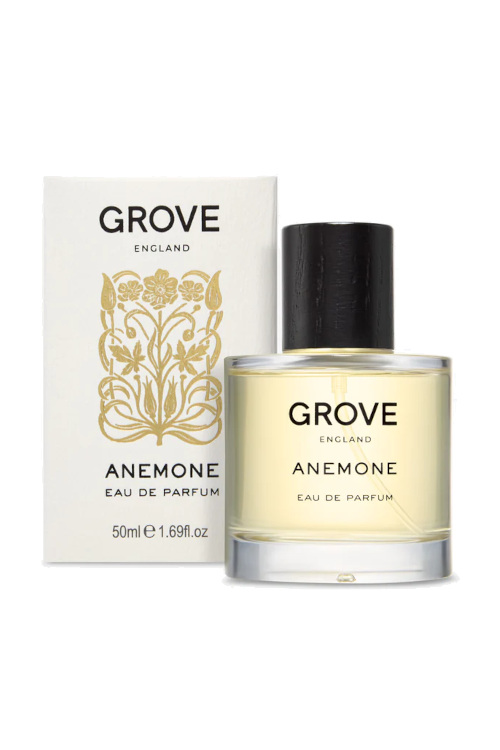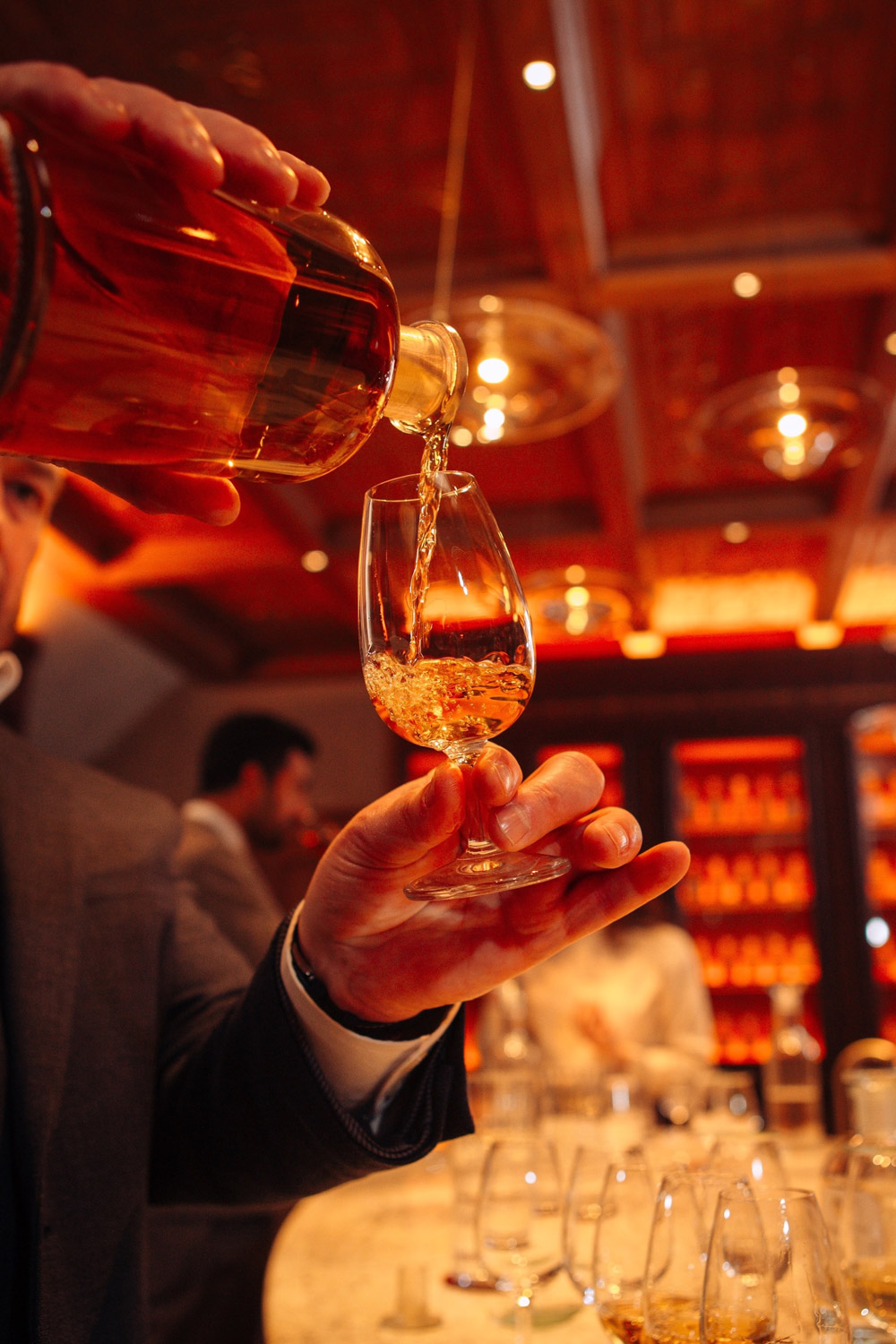
How To Taste Whisky Like a Pro
By
2 months ago
A master blender’s guide to savouring Scotch
There’s a fine art to the dram, and Sandy Hyslop knows it better than most. With four decades in the business, and as master blender at Chivas Regal he has spent his career refining some of the world’s most distinguished blends. In this guide, Hyslop shares his own tips to enjoying Scotch and his latest clear spirit innovation. ‘Tasting whisky is about understanding the craftsmanship behind it. I always encourage people to slow down, engage their senses, and appreciate the journey each drop has taken,’ Sandy shares. From colour and aroma to finish and feel, Hyslop teaches us how to taste whisky.
7 Whisky Tasting Tips From An Expert
Look before you sip
‘Start with the visual. Pour your dram and hold it up to the light. Colour can give you your first clues. It shows you cask influence, but it doesn’t tell you everything about quality or complexity. You can have a beautifully pale whisky with incredible depth, or you can have something dark that disappoints. But it’s a useful starting point. What matters is the liquid itself – how it moves in the glass, that viscosity, and ultimately what you discover when you nose and taste it.’
Nose first
‘The nose is where the character begins to reveal itself. I spend more time nosing than tasting, the nose tells you what you’re working with. Common notes in Scotch include orchard fruits – apple, pear – plus citrus zest, honey, vanilla and toffee from the oak. Take your time. Nose it several times. The whisky opens up in the glass, and you’ll find different layers as it breathes.’
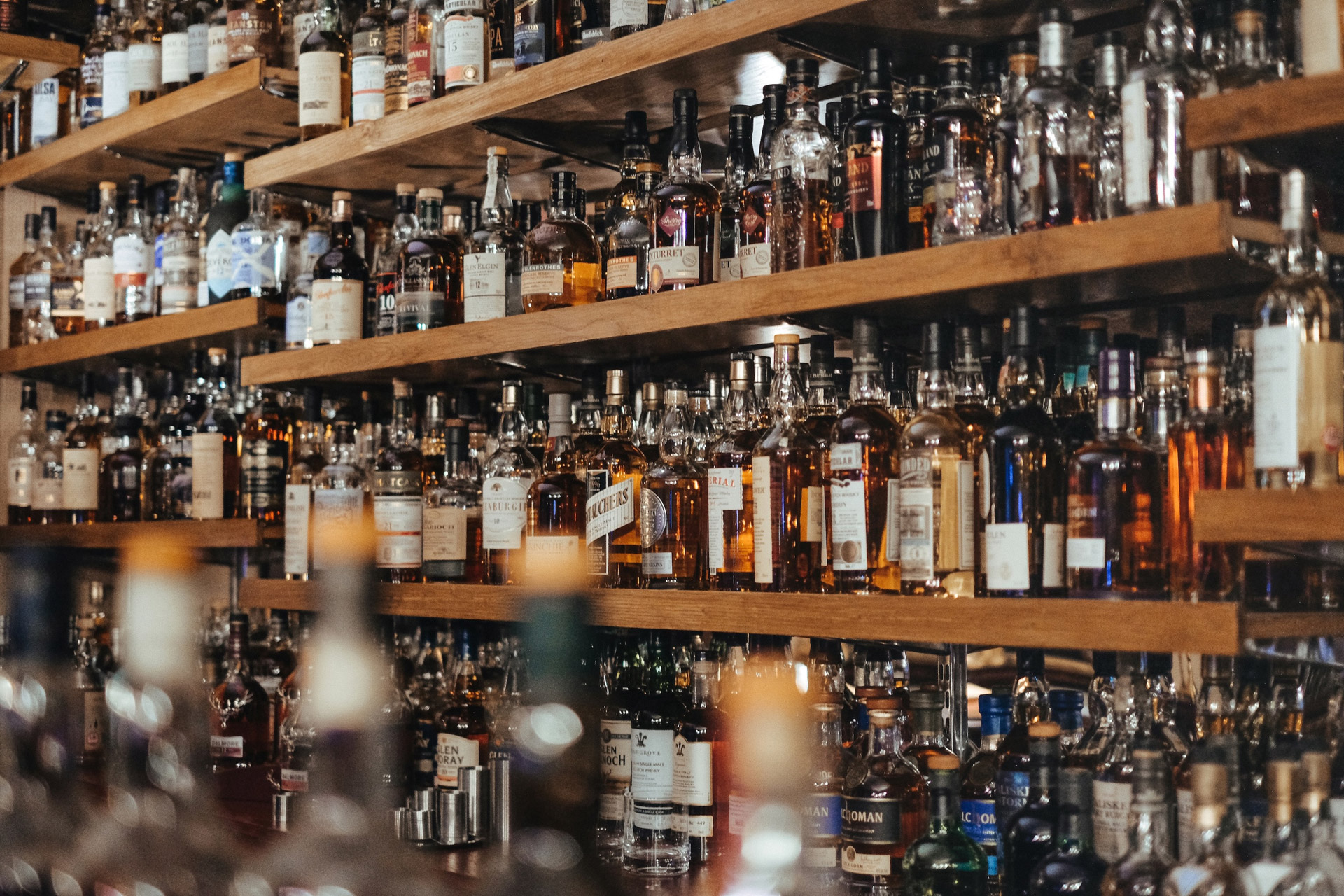
Unsplash
The first taste
‘That first sip coats your palate and gives yourself time to register the texture and balance. Whether it’s a classic aged blend or something more unexpected, you’re looking for harmony: sweetness, spice, depth, and smoothness working together. Notice the mouthfeel first. Is it light and delicate, or rich and oily? Both are valid. Then pay attention to how flavours develop, it might start fruity and sweet, then you get oak, warming spice, maybe a creamy vanilla character.’
Tasting notes
‘When I write tasting notes, I look for both precision and emotion. The whisky industry has a shared vocabulary: cereal notes (malted barley, biscuit, toast), fruit (fresh, dried, or citrus), sweet (honey, caramel, toffee, vanilla), spice (pepper, ginger, cinnamon), wood (oak, cedar, sandalwood), and sometimes peat (smoke, ash, medicinal notes). These develop through maturation. You also have to think about how it makes you feel. Great spirits should evoke something personal.’
Add a drop of water
‘A drop of water can be transformative. It’s a simple technique, but it can reveal hidden layers of flavour and soften the alcohol’s edge, allowing the character to shine through. Alcohol binds certain flavour compounds. If you’re looking to develop senses and flavours, always use room temperature water, it opens up the flavours more. Chilled water suppresses flavours. A little water breaks those bonds and liberates aromas you’d otherwise miss. With traditional whisky, it might reveal more oak or fruit.’
Train your palate
‘Developing your palate is a lifelong journey, and one of the most rewarding parts of working in this industry. Taste widely and taste often. It’s not just about whisky, it’s about building a memory bank of flavours from all kinds of experiences. Fruits, spices, teas – they all help you recognise and describe what you’re tasting. Always keep a small amount of the previous bottle you’ve been drinking. This allows you to compare and contrast it with new expressions over time, helping you identify subtle differences and nuances in flavour, aroma, and character.
‘Consistent comparison is key to developing your palate. A simple notebook can be an incredibly useful tool for tracking your thoughts and building your whisky knowledge. When tasting, make a habit of noting: age of the whisky, distillery location, type of casks used for maturation and finishing, key flavour notes and standout characteristics. Recording these details helps you build a reference library you can revisit later. Over time, you’ll start to notice subtleties you may have missed before, and your ability to taste the difference will sharpen.’
Setting the sip
‘The glass, the lighting, even your mood, they all influence how you experience a spirit. The right glass makes a difference. A Tulip shaped whisky glass is my favourite; it concentrates the flavour in the bowl of the glass when you’re nosing. Avoid tumblers for serious tasting – they disperse aromas too quickly. Before diving into the tasting, hold the glass in your hand and gently warm the whisky. This helps release the aromas, making them easier to identify and enjoy. Take your time – this step is all about awakening the senses.
‘Avoid wearing perfume, aftershave, or strong deodorants when tasting, these scents can cling to the glass and overpower the delicate floral and sweet notes in the whisky. Not only does it affect your own experience, but it can also make it harder for others to fully explore the whisky’s character. Room temperature and water matter too. Don’t rush! Whisky’s been maturing for years, sometimes decades. Give it the time it deserves, contemplate, take time to build up your moment and your flavour knowledge. Choose a setting that allows you to focus, relax, and enjoy. That’s when the spirit truly comes alive.’
Chivas Regal Crystalgold is priced at £51, see more on chivas.com

